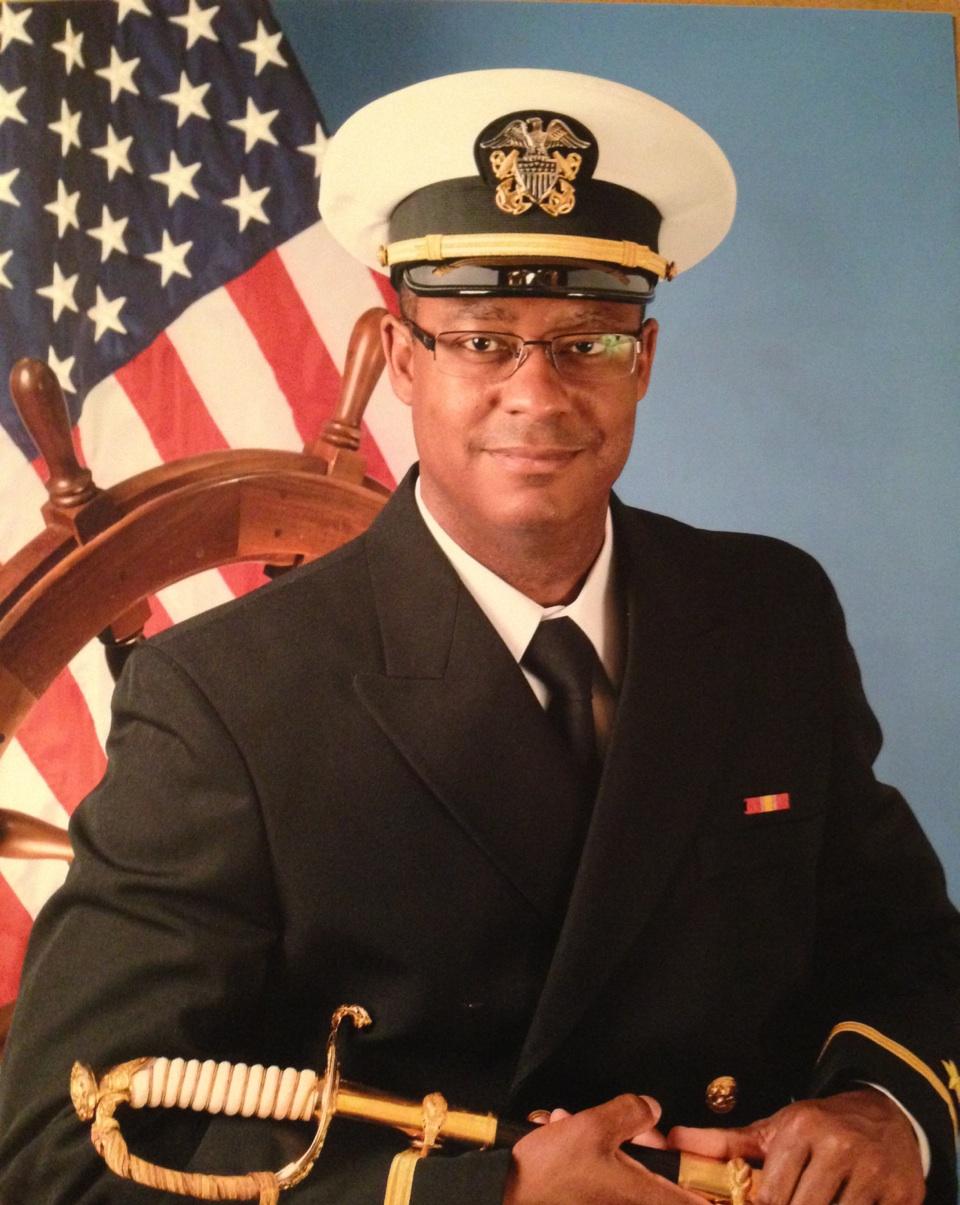
Mr. Hamilton’s career highlights are his engineering background of research and development that have been applied toward the naval/marine ships (LPD Class 17, DDG 1000 Zumwalt Class, DDG 51 IIA/III Arleigh Burke Class, and LHA Tarawa/America Class), the advancement for future technologies for advance shipboard power systems (NGIPS & IFTPS), and terrestrial applications of electrical engineering (Power, High Voltage, MVDC, & Power Electronics).
Mr. Hamilton obtained his B.S. in Electrical Engineering from Mississippi State University in 2004, and Master Degree in Electrical Engineering in 2007. From August 2005 to May 2009, Mr. Hamilton’s work experience was performed at the graduate research level while attending Mississippi State University with funding from the Office of Naval Research (ONR) for academic scientific engineering and development for the All-Electric Ship: Next Generation Integrated Power Systems (NGIPS). Mr. Hamilton has helped develop naval electrical models through computational simulation (Matlab Simulink, PSCAD, & VTB), and performed numerous research studies on the All-Electric Ship. These studies have included MVDC power converter technologies, power electronic integration though power conversion modules (PCM), MVDC electrical fault analysis, DC fault equipment and protection strategies, and electrical power distribution system level stability analysis (traditional AC naval systems and hybrids). Mr. Hamilton has also published 3 main IEEE conference proceeding research papers and co-authored another through partnership of India exchange student program with MSU. Additionally, Mr. Hamilton has attended numerous conferences hosted by IEEE ESTS, IEEE NAPS, ESRDC, ANSE, and is a member of Etta Kapp Nu (HKN).
From January 2010 to August 2011, Mr. Hamilton worked at NAVSEA NSWCCD-SSES, Philadelphia, PA. He continued his engineering career in DDG computational modeling and simulation, multi-type system fault analysis, AC system stability analysis with hybrid integration of power electronics and drives, generator control system development and modeling, and naval/marine AC circuit breaker computational modeling and protection analysis.
From September 2011 to present, Mr. Hamilton has been employed as a Marine/Electrical Engineer for Alion Science & Technology, ISG-GC in Pascagoula, MS supporting the Amphibious Warfare Operations & Auxiliary Operations. He is currently supporting PMS 377 (LHA 6 & LHA 7) working as an Electrical Engineer for Division 5 – LHA Technical, as the Electrical Lead POC to PMS 3775 HM&E Team (Electrical Systems). His past duties have been supporting the Label Plate Team, E.O.S.S Team (Engineering Operational Sequential Systems), C.T.T. (Combined Test Team), and CCB Tiger Team (Change Construction Board) performing numerous tasks for LPD 17 Class Ships. Additional past duties have been in support of the LPD 17 Program Executive Office (PMS 317) for the following: (1) U.S. Naval Amphibious support on various HM&E issues/questions that arrived from engineering to differential analytical analysis while supporting and providing logistics for the LPD Class 17, (2) working in support of PMS 317 to review and track SCDs (Ship Change Documents) that are applicable to the LPD San Antonia Class 17 while continually reporting all information and findings to the monthly SCD Construction Change Board (CCB), (3) and writing/reviewing ECRs (Engineering Change Request) for the PMS 317C4.
Finally, Mr. Hamilton currently serves in the United States Navy Reserve, as a LTJG/02, working toward his QUALS for the EDO community. He is currently a 1465k designated Engineering Duty Officer performing his drills at the NAS JBR NOSC New Orleans, working with the NAVSEA SurgeMain New Orleans unit as the Executive Officer, and quarterly editor of the Gulf Regional SurgeMain newsletter.
